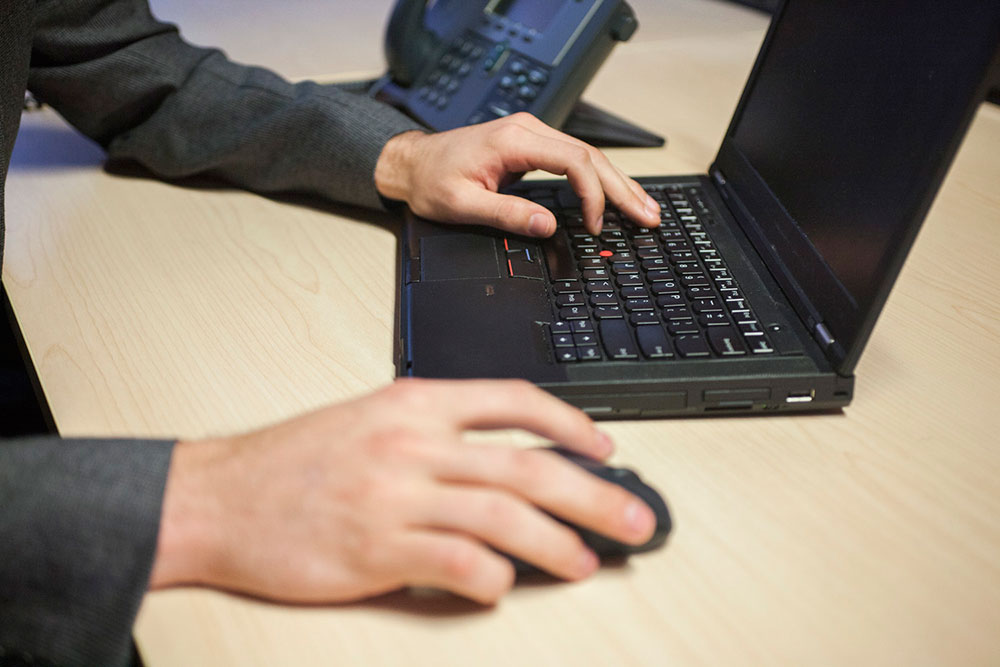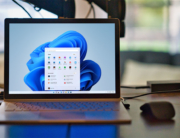Home / Handy Tips /

Upgrading older computers can seem daunting, but a Windows 10 upgrade on an older PC is still possible if it’s running Windows 7 or 8. Because both the Windows 7 and Windows 10 operating systems are similar in their hardware requirements, chances are good that your old computer will run fine with the upgrade.
Windows 10 vs Windows 7
Support for Windows 7 ended in January 2020, so a Windows 10 upgrade of your operating system is a good idea to keep getting security and feature updates, regardless of your computer’s age.
As a comparison of the OS requirements between Windows 7 and 10:
| WINDOWS 7 MINIMUM REQUIREMENTS | WINDOWS 10 MINIMUM REQUIREMENTS |
| 1GHz or faster processor (32-bit or 64-bit) | 1GHz or faster processor (or SoC) |
| 1GB RAM (32-bit) or 2GB RAM (64-bit) | 1GB RAM (32-bit) or 2GB RAM (64-bit) |
| 16GB available HD space (32-bit) or 20GB (64-bit) | 32GB or larger HD |
| DirectX 9 graphics with WDDM 1.0 or higher driver | DirectX 9 graphics with WDDM 1.0 or higher driver |
| Internet connectivity for additional features | Internet connectivity for quality and feature updates |
Performance requirements
It’s important to note that the above are the minimum requirements needed for either operating system. Because Windows 10 needs more hard drive space to run, you may need to consider upgrading your hard disk drive to accommodate this on an older computer, so you still have additional storage for programs and files. If you’re unsure how much available storage you have on your PC, open Windows Explorer and click on Computer on the righthand side of the window; this will show you how much free space you have on your local C drive.
Likewise, with your PC’s RAM; the more RAM you have, the better that software will run and websites render in your browser. If your older computer runs slowly on Windows 7 or 8, it’s also likely to run slowly on Windows 10, although Windows 10 has been developed to use less RAM and by default has Fast Setup enabled to help your computer boot up faster.
If you have sufficient specs on your older computer, consider reviewing some of Microsoft’s tips on improving PC performance, which may help with your Windows 10 upgrade.
Upgrading to Windows 10
Genuine Windows 10 digital licenses can be purchased via the Microsoft website for a somewhat hefty price tag, or via a third-party seller online which can often be cheaper – but caution is suggested so you don’t get pinged with potentially pirated software. Microsoft also offers discounts for students, which is worth exploring, if you’re eligible.
Alternatively, you may still be able to upgrade for free. Microsoft’s complimentary upgrade offer to Windows 10 ended in 2017, but many people find that you can still upgrade for free provided they have a valid Windows 7 or 8 license key. If you’re interested in seeing if you can still upgrade for free, Computer Cures can help you with the Windows 10 upgrade process.
A note of warning. Attempting an upgrade without a robust backup can potentially lead to losing your files, photos and documents.
It may be worth reviewing if it’s time to invest in a new computer, so that you get the most out of Windows 10 and future versions, as well as all the other apps, games and features that come with a new PC.
Need help with your Windows 10 upgrade?
Our team of IT experts know all the ins and outs of Windows 10 upgrades and installations, and how to fix problems that can happen during the upgrade process. Give us a call on 1300 553 166 or fill out our contact form to get friendly advice and support.








Leave A Comment